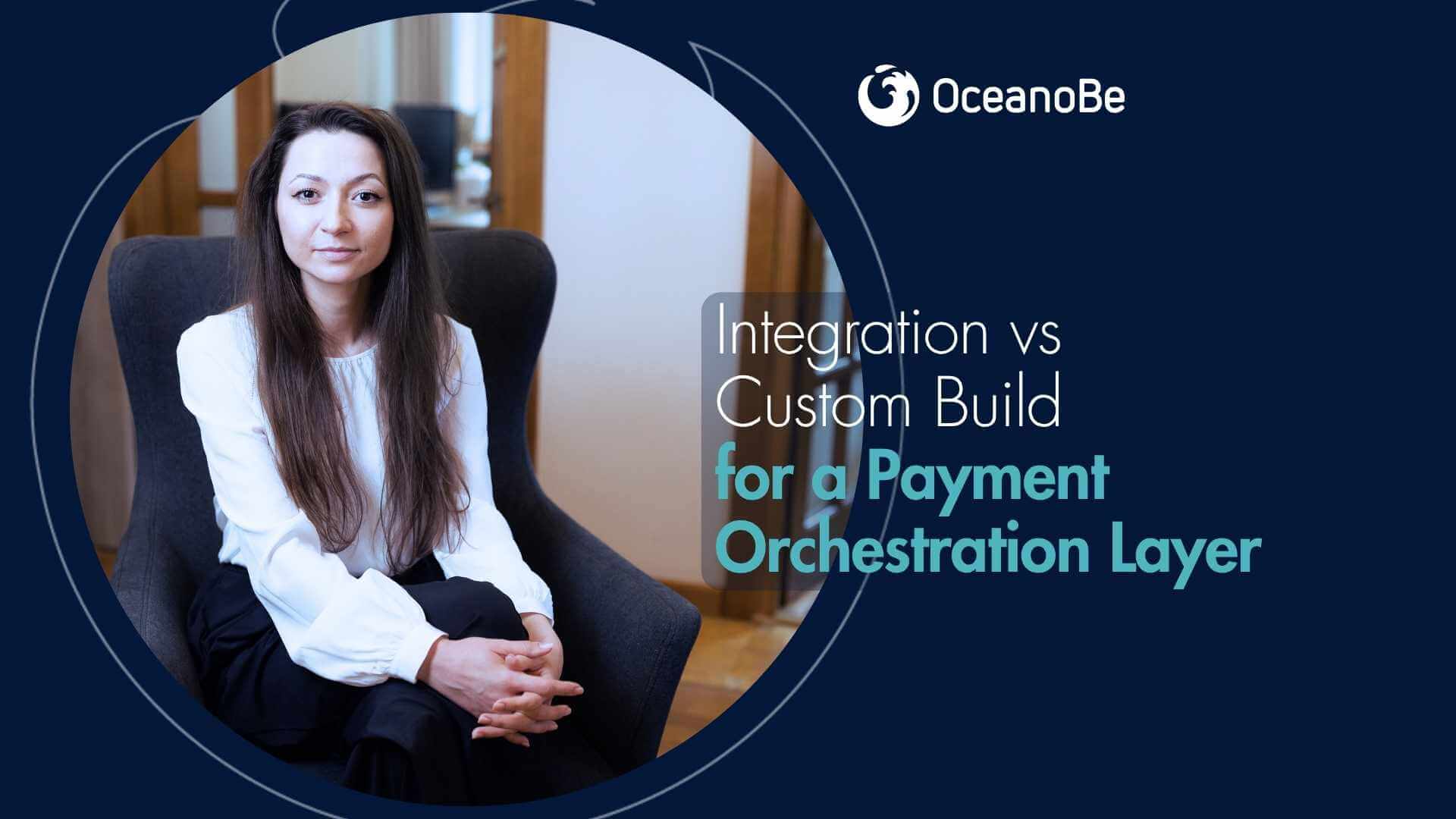Building a Payment Orchestration Layer
Integration vs Custom Build
Integration vs Custom Build

Compare third-party vs custom-built payment orchestration layers. Learn how fintechs manage routing, compliance, and gateways at scale
Digital payments are growing more and more complex—spanning cards, wallets, direct debits, BNPL (Buy Now, Pay Later), and even crypto—one backend function becomes central to any fintech or banking platform: payment orchestration. This layer governs how payment transactions are routed, validated, and settled across different providers and gateways. It also ensures compliance, enforces business rules, and harmonizes billing processes.
But when implementing a payment orchestration layer, one big question always arises: Do you build your own orchestration logic, or integrate a third-party solution?
Let’s explore both paths from a technical product and architecture standpoint, comparing pros, cons, and real-world trade-offs.
At its core, a payment orchestration layer acts as a smart mediator between a platform and various payment service providers (PSPs), acquirers, and banks. It determines the best route for a transaction, handles retries, applies business logic (e.g., transaction limits, loyalty), manages compliance checks (like 3DS, PCI DSS), and logs payment events across systems.
In complex platforms—especially those dealing with cross-border payments, multiple markets, or dynamic pricing models—this layer is essential for scalability, resilience, and cost optimization.
Companies like Primer, Payoneer, Stripe Connect, and Gr4vy offer ready-made orchestration layers that plug into your systems via APIs or SDKs.
Pros:
Cons:
This approach involves designing, implementing, and maintaining your own orchestration layer using internal teams and services—often in a microservices or event-driven architecture.
Pros:
Cons:
If you choose to build in-house, here are some key components to include, from our expert architects point-of-view:
Routing Engine: Logic to select PSP based on geography, currency, card BIN, or fees.
Compliance Hooks: PCI DSS tokenization, 3DS flows, AML (Anti-Money Laundering) checks.
Event Handling: Kafka or other messaging layers for transaction lifecycle events.
Retry & Failover Logic: Automated retry paths for failed transactions or timeouts.
Observability: Real-time monitoring, alerting, and analytics dashboards.
Modular PSP Adapters: Plug-and-play connectors for various providers, written as isolated services.
For fintech product managers, architects, and CTOs, the decision between third-party orchestration and a custom-built layer often comes down to trade-offs in speed, control, and flexibility. If your top priority is rapid go-to-market and minimizing internal complexity, a third-party orchestration platform can offer immediate advantages—it typically handles compliance out of the box, simplifies operational overhead, and speeds up initial integrations with payment gateways.
However, this convenience comes at a cost. Third-party solutions limit your ability to deeply customize flows, embed unique business logic, or maintain full control over long-term costs. They may also lock you into specific vendors, reducing your ability to pivot strategically. On the other hand, building your own orchestration logic gives you full freedom to align payments infrastructure with your product’s specific needs. While this path involves higher upfront effort and regulatory responsibility, it ensures vendor independence, better cost control over time, and the ability to evolve your platform with minimal constraints.
Ultimately, the choice depends on whether your business prioritizes speed and simplicity now—or control and differentiation in the long run.
Whether you're building a fintech MVP or scaling a cross-border banking platform, your payment orchestration layer will define how flexible, resilient, and cost-efficient your product can become. Third-party platforms are great for speed and simplicity, while custom orchestration offers flexibility, control, and better ROI at scale—if you have the right dev and infra teams behind it.
At OceanoBe, we’ve built both—from scratch orchestration layers with Kafka pipelines to seamless third-party integrations. Let’s talk about how to build the orchestration architecture that fits your platform’s goals.